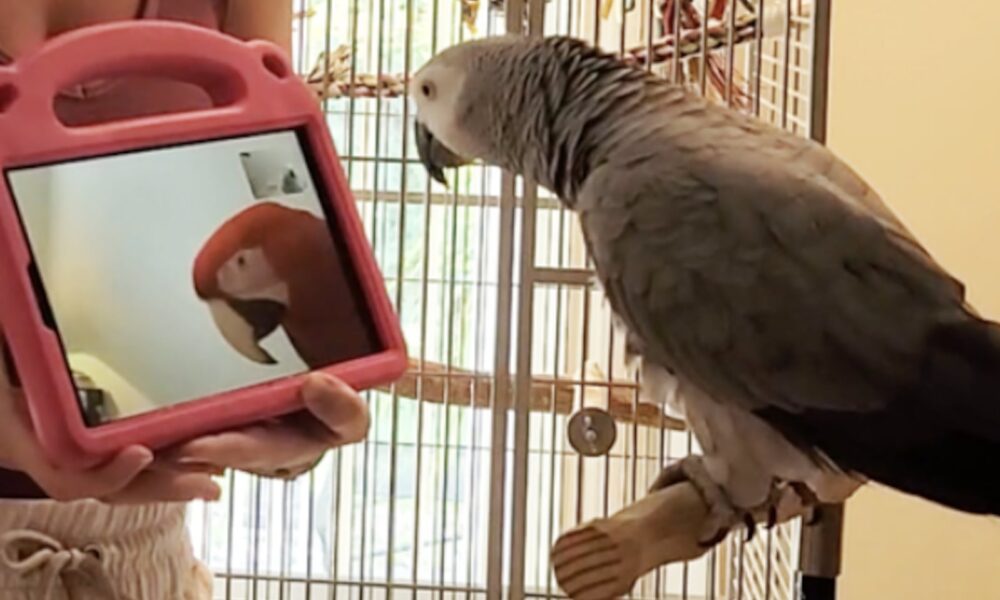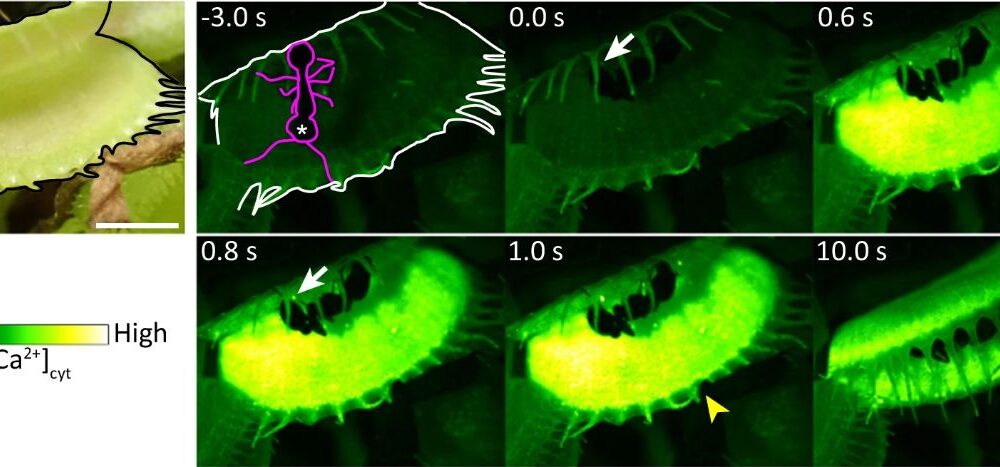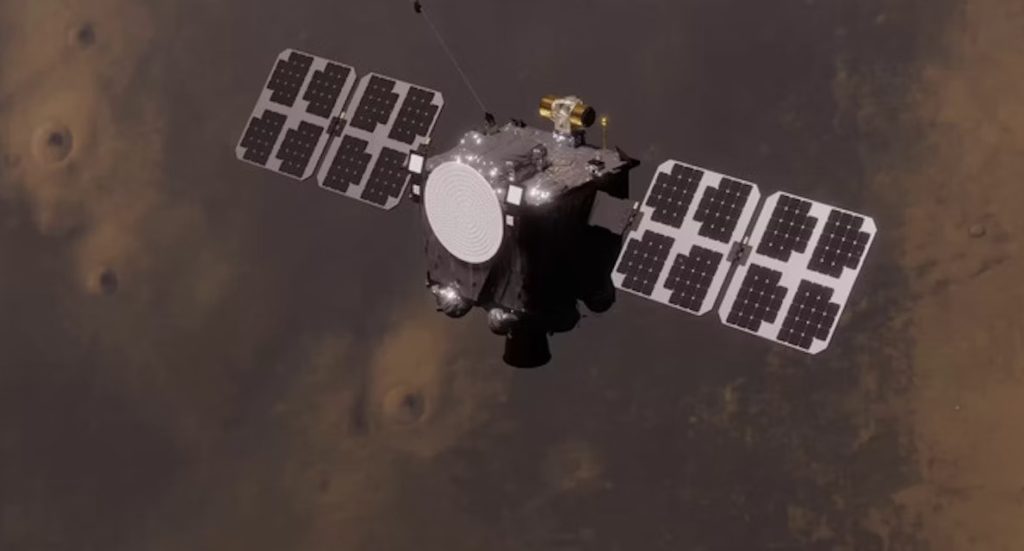A groundbreaking initiative led by researcher Rébecca Kleinberger at Northeastern University is reshaping the interaction between animals and technology. The project began with a hyacinth macaw named Sampson, who discovered a unique way to engage with a device designed to enhance his environment. This innovation not only provided Sampson with a means to enjoy music but also attracted visitors to his exhibit at the San Diego Zoo.
The device, called the Joy Branch, was conceived when Sampson’s caretaker approached Kleinberger to create a tool for the bird to listen to music. The outcome exceeded expectations, as Sampson began to use the Joy Branch to not only control music but also to engage visitors more meaningfully. Kleinberger noted, “It’s really his own agency and its own intrinsic behavior that led to, actually, him using his branch a lot and using it not just to control music, but to also attract visitors.”
Innovative Research on Animal Enrichment
Since her work with Sampson in 2019, Kleinberger has expanded her research through the INTERACT Animal Lab. This lab focuses on developing technologies that enhance the lives of various species, including pets, zoo animals, and wildlife. Previously a researcher at the Massachusetts Institute of Technology (MIT), where she earned her master’s and doctoral degrees, Kleinberger emphasizes the importance of understanding animal engagement with technology.
Kleinberger explained, “We can never really prove that an animal understands what they are doing or that they have control, but we can look into the engagement they have with it, how often they use it.” Each project involves collaboration with experts to assess the animals’ interactions and ensure that the tools developed are beneficial.
This spring, Kleinberger taught a course on designing technology for animals, which included students from Northeastern, MIT, and Harvard University. Some students continued their involvement over the summer, assisting in the deployment and testing of new technologies at Zoo New England, which encompasses both Franklin Park Zoo in Boston and Stone Zoo in Stoneham.
Enhancing Veterinary Experiences and Social Interactions
Kleinberger is currently engaged in a separate research project with Tandem Vet Care, a technological veterinary clinic. This study focuses on reducing stress levels in cats during veterinary appointments, demonstrating her commitment to improving animal welfare across various contexts. While specific details about this project remain under wraps, Kleinberger indicated that findings would be published in the coming months.
Her lab has gained recognition for its playful and innovative projects. In collaboration with the University of Glasgow, Kleinberger conducted a three-month study involving 20 pet parrots to explore their interactions with touchscreen games. The research aimed to assess the potential for animal enrichment through tailored gaming experiences. In a separate study, her lab evaluated a parrot-to-parrot video calling system, resulting in 147 bird-triggered calls, which provided beneficial interactions and learning opportunities for the birds involved.
Kleinberger’s approach sets her work apart from other animal research labs. Instead of testing animal intelligence, her focus is on improving their quality of life. “We’re not there to test them. We’re there to try to see how can we improve their life,” she stated. She collaborates exclusively with accredited zoos and partners that adhere to high standards of animal welfare.
Kleinberger believes that technology can play a crucial role in enriching animal lives, especially given that humans often contribute to the degradation of their natural habitats. “There is so much potential because so much of the technology is there. The tools are not in the hands of the right people,” she said, highlighting the need for frameworks to evaluate the impact of these technological interventions.
With the rise of pet technology, including devices that allow owners to communicate with their pets remotely, Kleinberger notes that many developments have not been rigorously evaluated for their effects on animals. She emphasizes the need for technology designed with animal welfare as a priority rather than merely for human convenience.
Kleinberger’s innovative work represents a significant shift in how technology can be harnessed to empower animals, allowing them to engage with their environments in ways that are meaningful and enriching. Through her research, she aims to ensure that animals not only adapt to technology but also thrive in their interactions with it.







